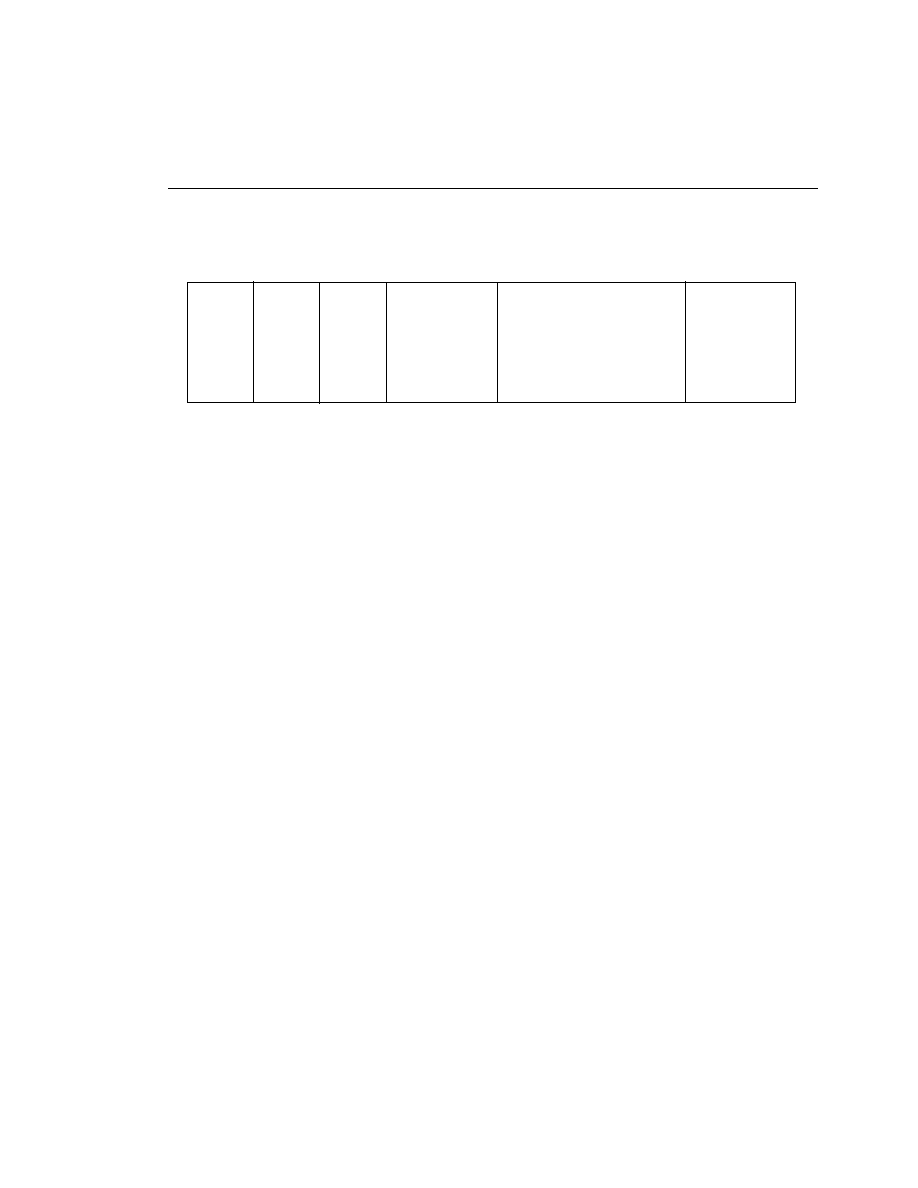
of the binary sequence 01111110.
broadcast address. PPP does not assign individual station addresses.
transmission of user data in an unsequenced frame.
frame. The most up-to-date values of the protocol field are specified in the most recent
Assigned Numbers RFC. At press time, this was RFC 1700. For more information, see
www.isi.edu/in-notes/rfc1700.txt.
Protocol field. The end of the Data field is found by locating the closing flag sequence and
allowing 2 bytes for the FCS field. The default maximum length of the information field
is 1500 bytes. By prior agreement, consenting PPP implementations can use other values
for the maximum Data field length.
consenting PPP implementations can use a 32-bit (4-byte) FCS for improved error
detection.
however, are always clearly distinguishable from standard frames.